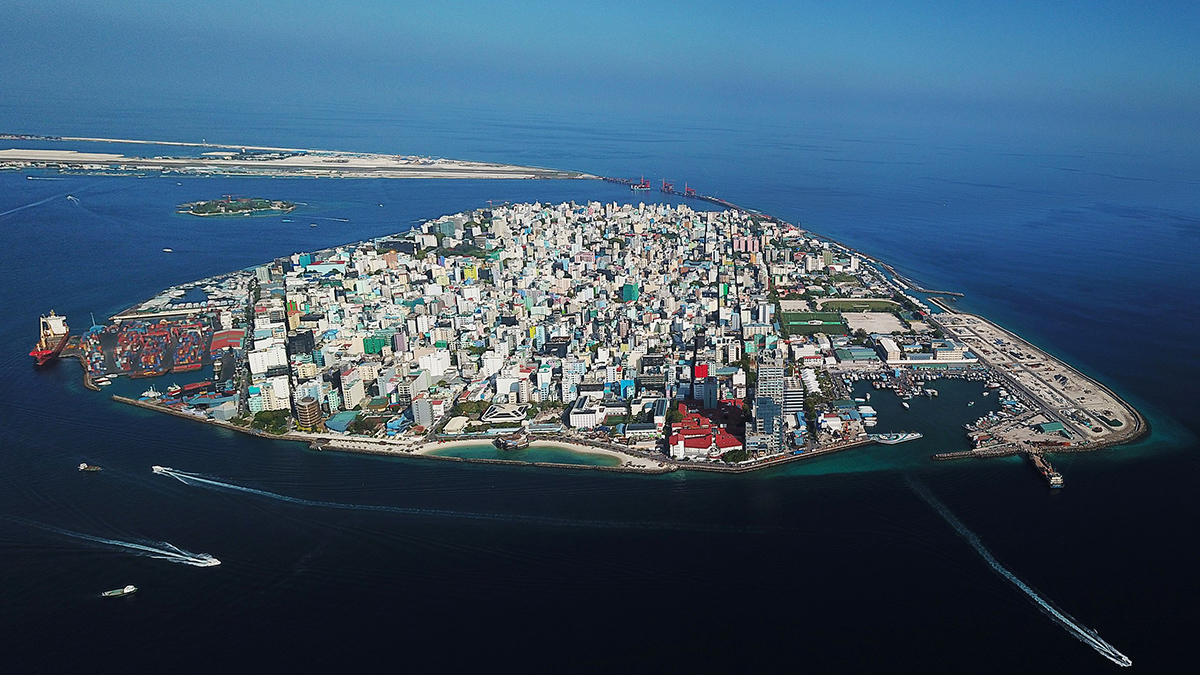Source: Earth’s Future
A translation of this article was made by Wiley. 本文由Wiley提供翻译稿。
By 2100, sea level is projected to rise by up to 1–2 meters, threatening millions of people living in low-lying coastal areas around the world. But global projections such as this don’t capture regional-scale variations. Finer-resolution, regional models of sea level changes over the coming decades are one important tool for policymakers and coastal communities. Accurate regional predictions are key for designing appropriate coastal defenses against damaging storm surges, waves, and tides caused by rising seas.
Jevrejeva et al. provide an overview of current regional modeling capabilities and consider how climate change could affect sea level predictions. They propose ways to improve these predictions on the scale of seasons to decades, focusing on ocean shelf–sea dynamics—an understudied link between processes in the open ocean and the coastal seas.
Global climate models don’t adequately incorporate the factors that govern regional sea levels, such as local winds, river discharge, shelf-sea circulation, and tides. In addition, the physical processes on continental shelves linking open ocean conditions to local sea level changes aren’t well understood—neither is the way climate change could affect them.
The authors argue that a more thorough understanding of these processes and finer-scale models are needed. Developing better models will include appropriate downscaling to kilometer scales, as well as thoughtful experimental design to prioritize the most applicable temporal and spatial scales. Studies of the processes occurring on the continental shelf, using both field observations and modeling, will also be necessary to forecast how climate change will affect coastal communities around the world. (Earth’s Future, https://doi.org/10.1029/2024EF004886, 2024)
—Nathaniel Scharping (@nathanielscharp), Science Writer


